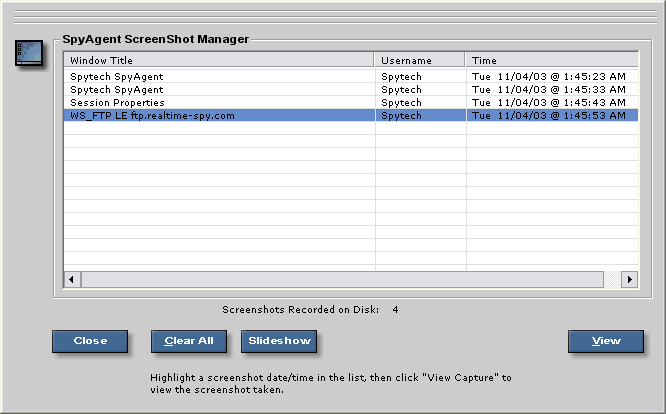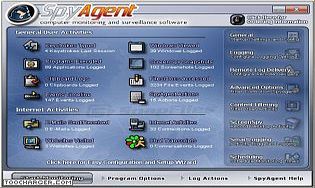

If you want to try a new piece of software, make sure to read up on it first. In addition, you’ll need to be careful about what you install on your computer and where you download it from. Be wary of links you receive over social media or email, even if they appear to come from people you trust-a bad actor may have compromised their accounts or spoofed their identities.

They often hide within applications that look perfectly legit, or appear to be email attachments in a file format you recognize. Other programs arrive in disguise, purporting to be random web pop-ups or harmless email messages. If you buy the paid-for versions of these programs, you’ll gain extras like enhanced web-link scanning to catch dodgy URLs, more comprehensive options for proactively preventing attacks, and secure file storage. Our picks are Windows Defender ( included with Windows), AVG Free (free for Windows and macOS, with the option to subscribe to an “ultimate” version starting at $5 a month), Bitdefender (free for Windows, with the option of an upgraded version that includes macOS support and costs $40 for the first year), and Avast (free for Windows and macOS, with an upgraded version that costs $4.19 a month). As long as you install one of these packages, you’ll massively reduce your system’s risk of infection. Although none of the following options specialize in fighting spyware, all include some defenses against that type of malicious program. They all receive high scores from AV-Comparatives-an organization that independently assesses antivirus software-even compared to excellent fee-based programs such as Avira and McAfee. We chose four of the most effective and intuitive free antivirus tools we’ve used in recent years.


 0 kommentar(er)
0 kommentar(er)
